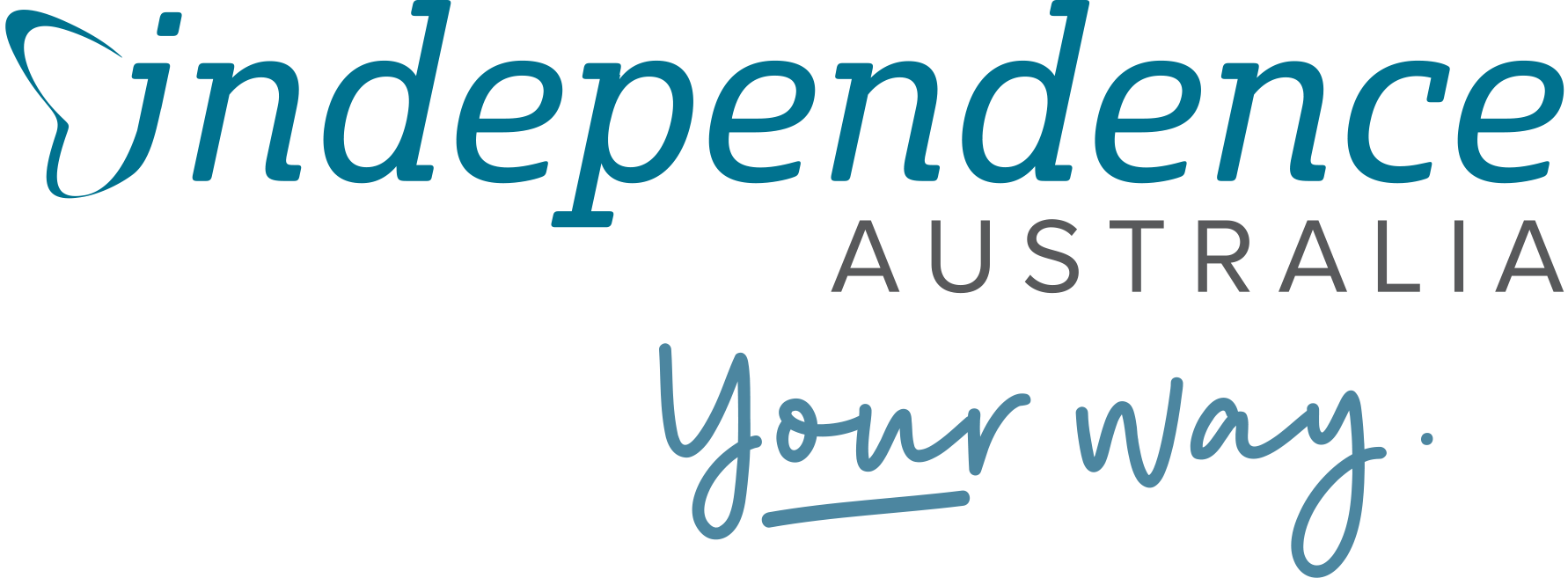The National Youth Disability Summit
Haley Zilberberg looks at how the National Youth Disability Summit provides a space for young people with disability to discuss the issues that matter to them.
Earlier this month, the first ever National Youth Disability Summit (NYDS) came to a close. But its impacts are still being felt. Twenty young people from all over Australia spent seven months co-designing the online event which touched upon the topics of education, employment, access and awareness, NDIS and housing, and mental health.
Melanie Tran, the chair of the NYDS Co-Design Committee, said being a part of the process has been one of the most memorable experiences of her young career. Tran said that watching a platform come together for young disabled people to be heard was truly magical.
“The one thing I’m most proud of is that it puts the voices of young people with a disability at the forefront of addressing these important topics. It is the perfect opportunity, now more than ever, to redefine our future and pave the way to a society that embraces the principles of inclusion and diversity,” Melanie said.
“The National Youth Disability Summit is a testament of just how powerful it can be when the voices of young people with disability are placed at the forefront,” Melanie said.
Summit amplifies voices
The National Youth Disability Summit created a platform that amplified the voices of disabled young people and highlighted the impacts of challenges and barriers. But the event left attendees feeling empowered.
Julie Charlton, a Co-Design Committee member from Sydney, said the impact of being surrounded by other disabled young people was an amazing experience.
“Being surrounded by people just like me gave me even more disability pride than ever before,” Julie said.
During most of the summit, attendance was limited to young disabled people. Four of the days were youth autonomous days. For one day, adults over the age of 25 and non-disabled people were invited to attend.
“It was important that it was made solely for young people because they commonly don’t get their voice heard when surrounded by adults. This allowed them to speak without judgement and be able to share their stories,” Julie said.
Not only was it important that the event be for young disabled people, but it was important that the event be created by young disabled people, too.
“It could have been less catered for people with disabilities if it were organised by people who did not have lived experience or it could have been missing accessibility needs such as captions or content warnings,” Julie said.

Virtual summit builds on inclusion
Accessibility and innovation were key aspects of the summit. Originally, the five-day virtual summit was planned to be a one-day in-person event. Tim Lachlan, a Co-Design Committee Member from Queensland believes in the importance of all aspects of accessibility.
“Shifting to an online format demonstrates that the disabled community can adapt quickly and efficiently to change. Access invites inclusion, access isn’t all wheelchair ramps and building codes, it’s digital accessibility too,” said Tim.
“Our youth-led summit invited and welcomed diversity with open arms. We saw a huge number of ‘Queer Crips. Taglines like ‘Queer Crips Unite’ became a common theme among participants in the summit. We focused on the social model of disability, we reminded ourselves to have disability pride. We focused on our abilities and what we can achieve,” Tim added.
The summit didn’t focus on only the positives, and that was part of the reason it was so important. Many young people experience ableism on a daily basis, whether at school, work, or when seeking medical help. Although shocking and hard to digest, these are things that need to be discussed so that we can come together and work towards addressing issues throughout society.
“The reflections of how far we have come, how far we still have to go, and what we as individuals, and as a society, need to do in order to create the change we want to see,” Tim said.
Summit provides empowering space
Children and Young People Disability Australia (CYDA) coordinated NYDS and created a space where common experiences like being refused access, not being listened to, or being discriminated against didn’t happen. They ensured their Co-Design Committee and attendees knew this was their space.
Young people were invited to share their opinions without judgment, encouraged to point out any accessibility issues or barriers, and CYDA responded in real-time to participants during live streams
“I felt more empowered by my disabilities after hearing talks, thoughts and feelings from others with disabilities. I felt having a platform where we can openly discuss our experiences, relate and connect with each other was the most empowering part,” Tim said.
If there is one single takeaway learned from NYDS, it’s that society is better off when we remove barriers and actively include young disabled people. Otherwise, we are missing out on their important lived experience, talent, and innovative ideas. When young disabled people are empowered and enabled, amazing things can happen.
Haley Zilberberg is a Townsville-based freelance writer and social worker from Florida. She’s passionate about disability advocacy and currently works as the Emerging Young Leaders Project Officer at Youth Disability Advocacy Service. She recently graduated with her Master of Marketing Communications from the University of Melbourne.
Ready to read more? Try these Inform links:
Five ways to support your immune system
“You’re hired!” – How to ace your next job application and interview
